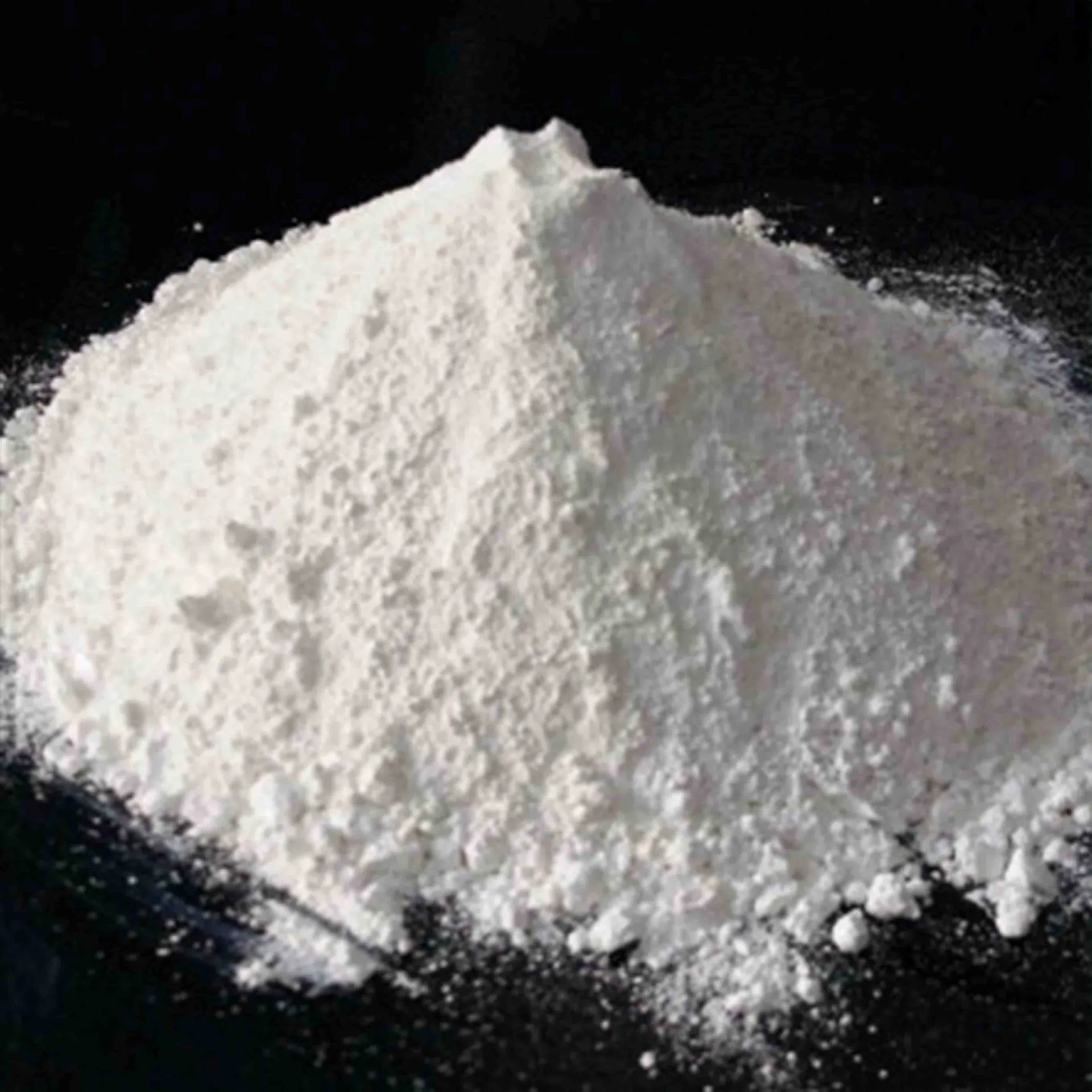
Jan . 24, 2025 15:16 Kembali kepada senarai
Physical Properties and Applications of Rutile and Rutile Titanium Dioxide
The covering power of rutile titanium dioxide is relatively low, and it is usually used in coatings and coatings that require high reactivity. Rutile TiO ₂ has a more stable crystal structure, lower specific surface area, stronger chemical stability, and stronger resistance to high temperatures and ultraviolet radiation. It has high coverage and stable color, so it is widely used in high-end coatings, plastics, cosmetics, inks, food packaging and other industries. In addition, rutile titanium dioxide is often used in fields that require strong weather resistance and long-term stability, such as architectural coatings and exterior wall coatings.

Physical Properties of Titanium Dioxide
Color and Gloss:
Anatase type titanium dioxide: usually presents a light white color with relatively weak glossiness. In terms of optical properties, it has strong scattering ability for light, but in some cases, its reflectivity is not as high as that of rutile titanium dioxide.
Rutile titanium dioxide: whiter in color and higher in glossiness. This is because the crystal structure of rutile type makes it more reflective and refractive of light, which can give products better gloss and appearance in applications such as coatings and plastics.
Density and hardness:
Anatase titanium dioxide: with a relatively low density of about 3.8-3.9g/cm ³. The hardness is also relatively low, with a Mohs hardness of about 5.5-6.0.
Rutile titanium dioxide: has a relatively high density, generally between 4.2-4.3g/cm ³. The Mohs hardness is about 6.0-6.5, which is harder than rutile titanium dioxide.
Refractive index:
Anatase titanium dioxide: The refractive index is relatively low, around 2.55.
Rutile titanium dioxide: has a high refractive index of about 2.76. The higher refractive index makes rutile titanium dioxide more advantageous in optical applications, such as better changing the propagation path of light in the manufacture of optical lenses and other products.
Application Areas of Titanium Dioxide
Paint industry:
Anatase titanium dioxide: Due to its high photocatalytic activity, it is widely used in some indoor coatings, such as indoor wall paint. It can help decompose harmful organic compounds in the air and purify the air. However, due to its relatively weak weather resistance, its application in outdoor coatings is limited.
Rutile titanium dioxide: occupies a dominant position in outdoor applications such as building exterior wall coatings and automotive coatings. Because of its good weather resistance, it can maintain the color and luster of the coating for a long time, and resist the damage of natural factors such as ultraviolet rays and acid rain.
Plastic industry:
Anatase titanium dioxide: used in some plastic products that do not require particularly high color and gloss requirements, such as some internal structural components or non transparent plastic products. It can provide a certain degree of whiteness and covering power for plastic.
Rutile titanium dioxide: used for high-quality plastic products such as plastic films, plastic containers, etc. It can endow plastics with good luster, whiteness, and mechanical properties, and ensure the stability of plastics during long-term use.
In the field of photocatalysis:
Anatase titanium dioxide: It is a commonly used material in photocatalytic reactions, widely used in environmental treatment such as photocatalytic degradation of organic pollutants in water and air purification. It can catalyze redox reactions and decompose pollutants by absorbing photo generated carriers generated by ultraviolet radiation.
Rutile titanium dioxide: Although its photocatalytic activity is low, in some composite photocatalytic systems, when used in combination with rutile titanium dioxide, it can improve the overall stability and efficiency of the photocatalytic system.
-
Using Rutile Titanium Dioxide in Fiber and Textile Coatings
BeritaAug.11,2025
-
Is Titanium Dioxide Exterior Paint More Suitable for Commercial Buildings or Residential Buildings?
BeritaAug.11,2025
-
How Titanium Dioxide Makes Your Exterior Wall Color More Durable and Non-Fading
BeritaAug.11,2025
-
Enhancing Wall Brightness with Titanium Dioxide Water-Based Paints
BeritaAug.11,2025
-
Choosing Rutile Titanium Dioxide for Long-Lasting Exterior Latex Paints
BeritaAug.11,2025
-
The Protective Role of Titanium Dioxide Against UV Degradation in Plastics
BeritaAug.08,2025
